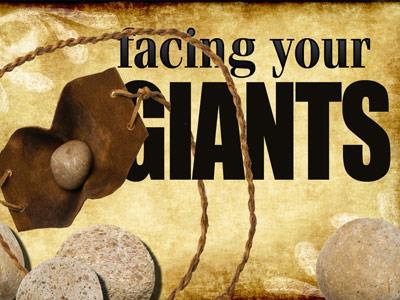-
The Mission Of The Messiah Series
Contributed by Freddy Fritz on Mar 31, 2023 (message contributor)
Summary: In Matthew 1:1-17, we learn that Matthew summarized the entire history of God's people because he believed it all climaxed in the mission of Jesus.
Introduction
We are concluding our sermon series today that I am calling, “Bloodlines: The Genealogy of Jesus.” I hope you have come to see that the genealogy of Jesus is far more than merely a list of names. It contains some very significant truths that help us to understand better the meaning of the Bible.
Romeo and Juliet is a tragedy written by William Shakespeare somewhere between 1591 and 1595. Along with Shakespeare’s Hamlet, it was one of the most popular plays of his lifetime and remains so today.
Romeo and Juliet is about forbidden love. Juliet is the daughter of Lord Capulet and Romeo is the son of Lord Montague. The houses of Capulet and Montague are sworn enemies. Shakespeare uses dramatic turning points in the play to build tension between the two houses—and the two lovers, Romeo and Juliet.
Some of the dramatic turning points are sometimes mistaken for the climax of the play. For example, when Romeo avenges the murder of his cousin Mercutio by killing Juliet’s cousin Tybalt and is banished from Verona, that is a dramatic turning point but it is not yet the climax of the play.
However, the tension continues to build until it arrives at the true climax of the play. To reunite with Romeo and avoid an arranged marriage, Juliet feigns her death.
Unfortunately, Romeo is unaware of Juliet’s plan. He discovers Juliet’s seemingly lifeless body. He is grief-stricken. He believes that Juliet is dead. Unwilling to live without Juliet, Romeo drinks the real poison and dies.
Then Juliet wakes up from her feigned death. She discovers that Romeo is dead beside her. So she stabs herself to death with his dagger and dies beside him.
This infamous climax of Romeo and Juliet leads to reconciliation between the Capulets and Montagues and they agree to end their long, violent family feud.
In literary terms, the definition of a climax is “the highest point of tension in a storyline, often depicted by a confrontation between the protagonist and antagonist. A climax resolves the main conflict of the story and is the moment the main character reaches—or fails to reach—his or her goal.”
Gustav Freytag, a nineteenth-century German writer, defined the five progressions of a story, which have come to be known as Freytag’s Pyramid. The five progressions are exposition, rising action, climax, falling action, and denouement. Those structural pillars are still the defining elements of a story arc, with the climax at the peak.
The placement of a climax is essential to a good story. It typically occurs around 90% of the way through the narrative to have the greatest impact. Once the climactic moment happens, the story should be resolved quickly. If the climax happens too soon, the resolution will be too long, and readers will become disengaged. If a writer places the climax too late in the story without enough of a wrap-up, it creates an unsatisfying conclusion (see https://www.masterclass.com/articles/how-to-structure-a-climax#79JBUzWtffIYFdhYQ5K79P).
In the story of Romeo and Juliet, the climax occurs right near the end of the play when Romeo discovers Juliet, and thinking that she is dead, he kills himself.
The Bible is a grand example of God’s story of redemption. In his Gospel, Matthew is masterful in the way in which he introduces Jesus as the climax in God’s plan of redemption.
The entire Bible can be seen in three acts. First, there is creation, including the creation of mankind (that is found in the first two chapters of Genesis). Second, there is the fall of mankind (in Genesis 3). And third, the rest of the entire Bible is about God’s redemption of sinful men and women.
The Old Testament is an exposition and rising action about creation, fall, and redemption. God promises that he will save a people but people continually rebel against God and his promises.
Matthew presents Jesus’ life, death, and resurrection as the climax of the biblical story because it is the dramatic turning point of the story. Matthew did so masterfully in the lives of two key individuals: David and Abraham. And he hints at that right in the first verse of his Gospel as he writes about the mission of the Messiah.
Scripture
Let’s read Matthew 1:1-17:
1 The book of the genealogy of Jesus Christ, the son of David, the son of Abraham.
2 Abraham was the father of Isaac, and Isaac the father of Jacob, and Jacob the father of Judah and his brothers, 3 and Judah the father of Perez and Zerah by Tamar, and Perez the father of Hezron, and Hezron the father of Ram, 4 and Ram the father of Amminadab, and Amminadab the father of Nahshon, and Nahshon the father of Salmon, 5 and Salmon the father of Boaz by Rahab, and Boaz the father of Obed by Ruth, and Obed the father of Jesse, 6 and Jesse the father of David the king.

 Sermon Central
Sermon Central



